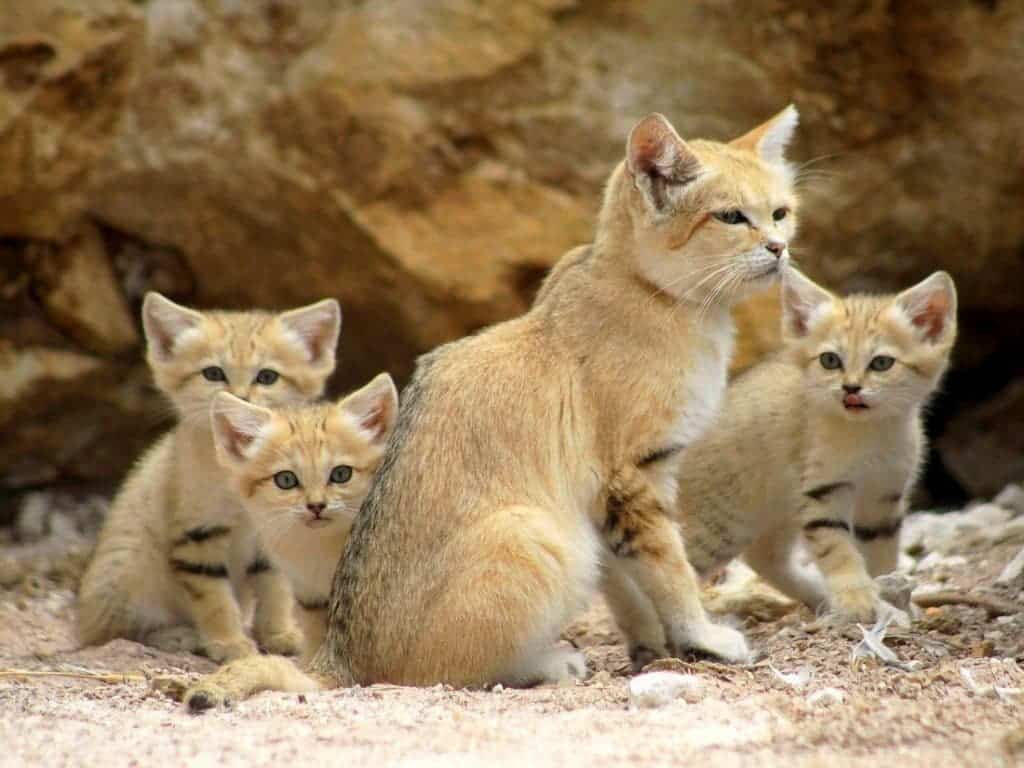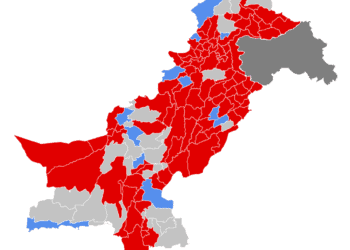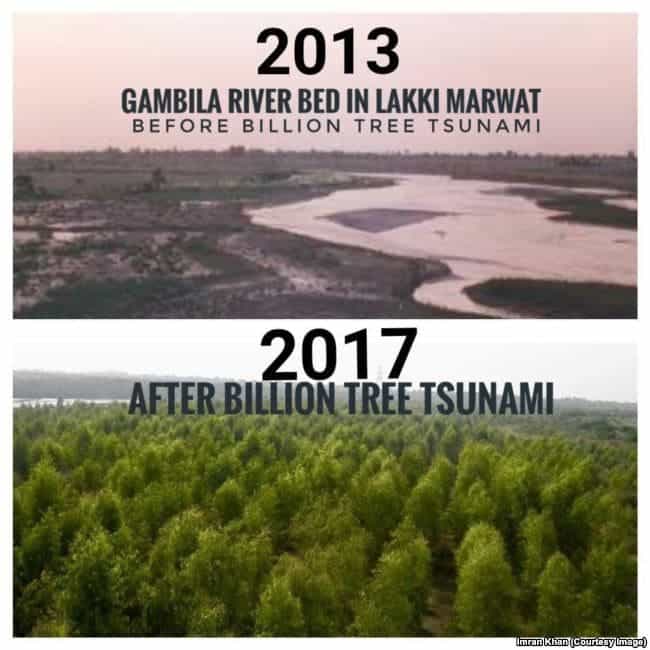
- Conservationists in Pakistan have snapped incredibly rare images of two small cat species: the Asiatic caracal (Caracal caracal schmitzi) and the sand cat (Felis margarita).
- The 2025 caracal image comes after two other sightings in the country were captured on camera phones.
- Very little is known about caracal and sand cat populations in the country. Though both species are of least concern at the global level, they’re highly endangered in Pakistan.
- Conservationists say they’re hopeful these sightings will spur interest in small cat species in Pakistan and encourage greater protection and targeted conservation measures.
Conservationists snapped images of two small wildcat species in Pakistan earlier this year: an Asiatic caracal (Caracal caracal schimitzi) and a sand cat (Felis margarita) — both which are incredibly rare in the country. Information on both cats in Pakistan is limited, with the sand cat presumed possibly extinct there, according to the IUCN, the global wildlife conservation authority.
The camera-trap image of the caracal is “very rare visual evidence of the once widespread but now rapidly declining species,” says Zafeer Ahmed Shaikh, director of the Indus Fishing Cat Project. That image — the first camera-trap record of a caracal in Pakistan, according to Shaikh — came from Kirthar National Park, where the Indus Fishing Cat Project, an NGO, has had cameras set for around four years.
The team decided to extend its camera trapping after earlier reports of a caracal crossing a road in broad daylight in the area in January this year. The NGO’s local partners, Qalandar Burfat, Zohaib Ahmed and Ramzan Burfat, set up the trap near a watering hole inside the national park.
“There was only one singular video of this male cat from about 400 videos at this particular camera station across a two-week-long period,” Shaikh says. Unfortunately, another sighting included one juvenile cat killed in the national park by local people.
These images offer firm evidence that caracals are still present in Pakistan, says Jim Sanderson, founder and director of the Small Wild Cat Conservation Foundation. “But, as with most places, we have no idea if a self-sustaining population exists.”
The sightings “give us better insight into species distribution and habitat preferences in the country,” Ricky Reino, an Asiatic caracal species monitor and studbook keeper for the European Zoo population, told Mongabay by email.
“We know that caracal numbers are considerably less in Asia, especially in India, than they are in Africa,” he adds. Though the caracal is listed by the IUCN as a species of least concern globally, within Pakistan it’s considered critically endangered, with an estimated population of approximately 100 individuals. A 2023 paper noted there’s “no comprehensive information on the distribution or abundance of the caracal in Pakistan.”
With the species deemed widespread and a low priority across much of its range, few “conservation-based threat-reduction projects are taking place” anywhere, including in Pakistan, Sanderson adds. The species’ status is currently under review by the IUCN.
In another rare feat, Shaikh’s organization snapped a picture of a sand cat — a species listed as possibly extinct in Pakistan, according to the IUCN.
“The sighting of the sand cat in Pakistan is highly significant from both ecological and conservation perspectives since the species was practically unknown this far east of its range,” Shaikh says. Other sporadic sightings have been recorded in other parts of the country.
“These confirmed photographic records are extremely valuable, as the species is poorly documented in South Asia,” he says. “And Pakistan lacks comprehensive data on its distribution or population status.”


Little known, highly endangered
Kirthar National Park, where both cat species were spotted, sits on the border of Karachi, a city that’s home to some 20 million people. Despite the preserve’s protected status, it is beset by sand mining activities, says Shaikh.
Karachi, the capital city of Pakistan’s Sindh province and the 12th-largest city in the world, is undergoing massive development with ongoing conversion of its green belt to residential and commercial areas.
“Such projects require sand and gravel to construct and build, and as such, they extract these natural resources from within the national park itself,” Shaikh says. “It is happening at multiple sites. But two locations — Pachhran and Khar Centre — are notorious.”
Khar Centre is where the caracal was photographed, with sand and gravel mining activity there likely impacting the small cats and a host of other species — disrupting habitat, threatening water sources, and creating noise and other pollution.
For small cats in Pakistan, in general, retaliatory killings pose another major threat. That’s the current focus of conservation work by Shaikh’s organization.
The group says it hopes to capture more images of caracals and sand cats to deepen knowledge of the country’s populations. But with stretched resources, the NGO’s focus is on direct conservation action. “Our goal is to expand on existing awareness programs as well as to create a solid foundation for a compensation scheme in the region,” Shaikh says.
Similarly, the sand cat sighting may help build a case for a national conservation strategy, targeting threats such as habitat degradation due to overgrazing and retaliatory killings.
“Every verified sighting is contributing to baseline data, and solidifying the mapping of its current range, and supports its inclusion in national conservation strategies,” Shaikh says.
“These sightings are important, as it shows the need for dedicated research and conservation initiatives focussing on caracals and other small cats,” Reino says.

Conservation of small wildcats is severely underfunded worldwide, though research and conservation financing has increased in recent years. Only around 3% of global felid funding is currently directed at the more than 36 species of small cats, with the lion’s share going to the charismatic big cats, according to Sanderson.
“[S]mall wildcats are far from the priority species or wildlife groups of most wildlife conservation bodies in Pakistan,” Shaikh says. “These species go by unnoticed very easily, and thus, this creates huge research gaps and conservation issues that must be addressed soon.”
Shaikh says he hopes the new photo records for both small cats will “stimulate scientific interest and raise awareness among local communities and authorities,” ultimately building a case for conserving Pakistan’s elusive small cats, rare as they may be.
This article originally appeared on Mongabay.






